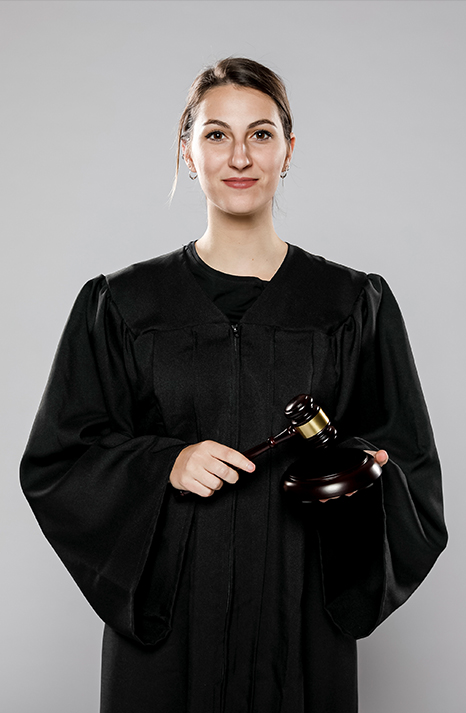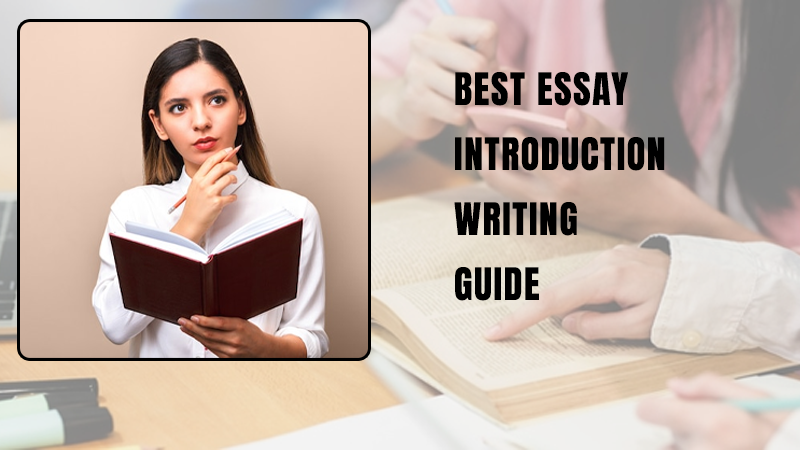

The first paragraph or a few paragraphs of an essay are critical in terms of its success. This will aid you in capturing the reader’s attention and setting the tone for the remainder of the work. Essay beginnings are not standardized in the sense that no one formula works for all students. It is possible to begin an essay in a variety of ways and on a variety of topics. The most effective introductions, on the other hand, share a few characteristics in common. Using a pro essay writing service may be a much easier decision in this situation, however, this list of considerations might assist you in crafting a more compelling introduction yourself. So, what exactly are we waiting for? Let’s start!
If you have any, summarize the key themes of your essay in the introduction. It is impossible to write two essays that are exactly alike if you are not plagiarizing. However, there are certain essential criteria that you may adhere to to ensure that your essay is as effective as possible in the end. If you are attempting to persuade the reader of something in your essay, the first paragraph or the first few paragraphs of the introduction may be very powerful. This will provide the reader with a better understanding of how you intend to support your statements.
When writing a fictional article, keep in mind that the reader’s attention is important. Literary works, more than any other genre of literature, are densely filled with emotional content. The use of metaphors is appropriate in these types of literature. If you aim to develop anything exciting or attractive in the first few sentences of your work, you will be able to keep the reader involved in your work. In contrast to analytical essays, which require you to put out a framework and create a purpose, literary texts allow you to be more creative with your writing because they are less structured. Even if the first few words do not have much action, they can nonetheless be intriguing. It’s critical to keep this in mind.
Make an effort to integrate some specifics into your core subject while writing an essay on the arts and entertainment. Because there are fewer limits and criteria for writing essay starts than there are for technical publications, the technique of overlapping information may be beneficial in technical publications as well. With the aid of brief but crucial facts, you may begin your essay in a light-hearted manner while still describing or bringing out your main point of contention in the essay.
If you’re writing an essay on a scientific or technical issue, avoid going overboard with your vocabulary. For a text to be read, it does not need to be captivating to be read. Humor and creativity are not tolerated in serious analytical, technical, and scientific writing, and vice versa. These articles have a practical function in that they educate the reader on important and serious issues that face society today. To be effective, these articles need not include any humor, rich imagery, or other non-essential components. Instead, they should merely educate the reader (and potentially persuade the reader of anything).
2. Develop your idea. Bring the reader’s attention to the central theme of the essay. It is critical to continue to elaborate on the issue in the following paragraphs to hold the reader’s attention. The initial sentence should be followed by one or two additional sentences that are related to the main issue in a logical way. These sentences, by repeating the meaning of the preceding one differently, generally aid in the development of that meaning.
3. Explain your goal. Essays aren’t always only descriptions. Even if they could, they wouldn’t exist merely for the sake of doing so. As a general rule, the essay’s author has a definite purpose in mind. It’s possible that the essay’s goal is to influence the reader’s perspective on a certain subject. Other reasons for writing a piece include persuading the reader to do something or clarifying something that is often misunderstood. He could possibly just wish to narrate a narrative to provoke thought in the reader. Regardless of the writer’s intentions, he or she should define the essay’s objective at the start. This will let the reader decide whether or not to read the full article.
4. Establish the thesis. If necessary, elaborate on the thesis statement of the essay. The main statement is a single sentence that properly and fully summarizes the core assertion or argument of the essay in question. The introduction of any essay, whether it’s for a class assignment or an exam, must incorporate your main thesis. Even in the absence of such criteria, the basic thesis of the work should be presented explicitly. Although there are no hard and fast rules, it is common to place the essential claim near the end of the first paragraph, unless the situation calls for otherwise.
It is worth noting that the introduction to the article does not display on its page, despite the absence of an “Introduction” or “Introduction title.” Because the next paragraph begins immediately after the introduction, no blank lines are necessary after the introduction. Because of the short essay length, the majority of introductions are only one page in length (several paragraphs of text). The transition from the introductory portion to the main body of the information must be seamless.
